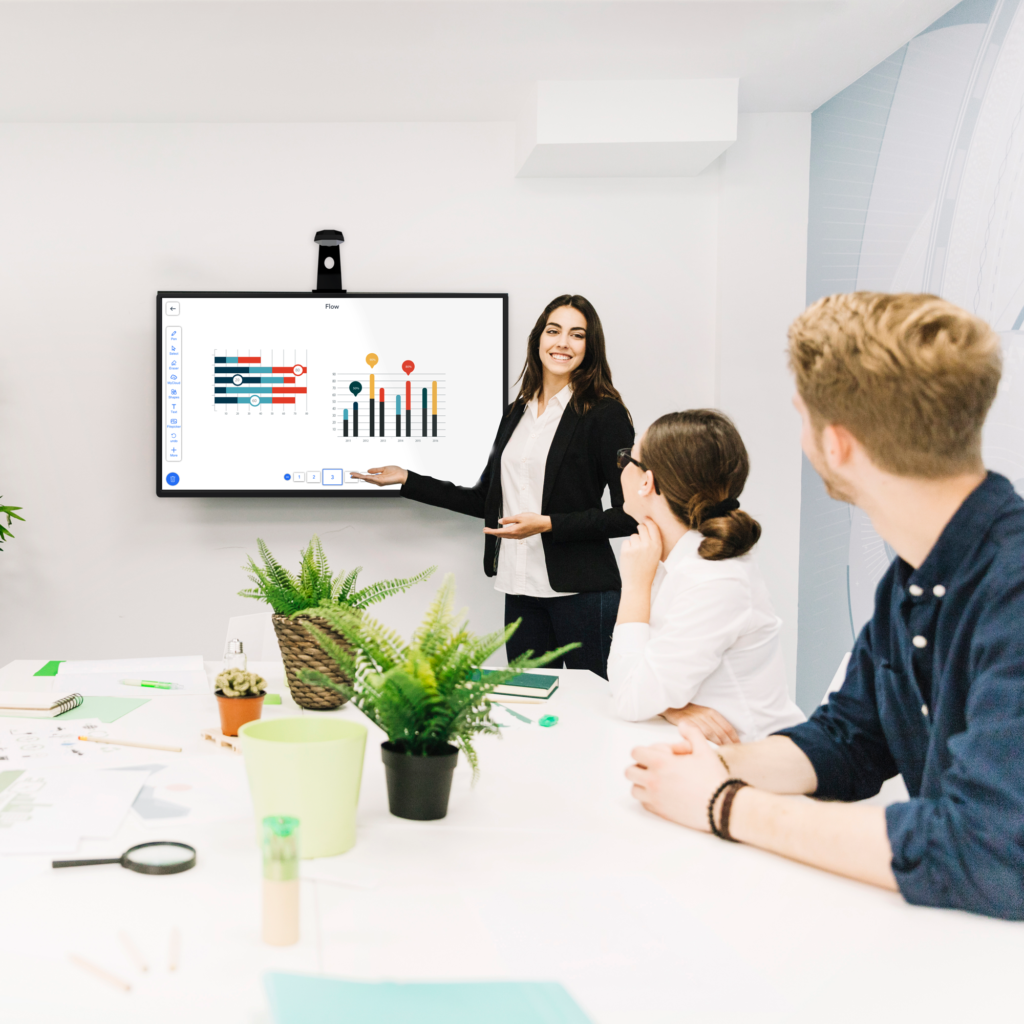Seamless access to technology presents teachers with the unique opportunity to take advantage of those once distracting gadgets!
Over the years, many of us have personally experienced the boisterous growth of technology in the education ecosystem. These days, if classroom instruction is not showing up on a screen, kids may not be in the least interested in it. While some adults are worried about their child’s constant exposure to devices and try and get kids to move away from this device-dependency, many have actually encouraged learning with smart devices. Increasing and seamless access to technology presents teachers with the unique opportunity to take advantage of those once distracting gadgets, and use them to facilitate better and improved learning outcomes in new and innovative ways. This way, teachers do not need to be constantly fighting for student attention, but can freely accept it, by introducing a new educational environment that will automatically encourage collaboration and increased student participation.
School administrators and teachers are now realising that new high-tech gadgets not only hold students’ attention for longer but also significantly improve their ability to grasp complex concepts and learn. The concept of a smart classroom is based on the idea of incorporating the latest advancements in the education technology. Numerous new tools have been developed to help educators and instructors keep a track of the students and advise them when needed. But with so much new edtech being made available at such a rapid pace, teachers may face a hard time deciding what equipment will be beneficial to the students in their classrooms. Our blog aims to simplify this process by highlighting some of the most advanced smart classroom tools that can significantly enhance learning experiences.
We’ve listed out a few resources that teachers may find useful when attempting to implement technology into their classrooms, separated by 5 common areas that are increasingly important for teachers, and for an effective learning environment—Instruction, Class Management, Content and courseware, and Assessment.
5 tools Changing the Educational Technology Space
1. Interactive whiteboards
Interactive whiteboards are slowly becoming indispensable in a classroom such is their application! It’s an open secret that learning is much better when it is accompanied with visuals, helping students understand difficult concepts more easily. Presentation are more robust and given more depth, similarly, when a picture or document is displayed on the whiteboard, teachers can annotate or write on them using a stylus that provides a plethora of additional information to the lesson. This information could include anything trivia, quiz, definitions, labels, definitions, supporting images, or accompanying audio and video. Teachers can also save their sessions on the board, revisit them if need be.
2. Smart Projection Systems
A technology that’s less expensive and very easy to use. Smart projection systems has taken the world of education by a storm. EyeRIS IX is one such device that has been super popular in schools and colleges. Attach it to a projector and connect it to a laptop and voila! It can turn any flat surface completely interactive. Touch, draw, annotate, and experience the joys of seamless writing on a completely interactive surface using the natural touch of your fingers or an ergonomic stylus. What’s more? It comes with a software suite, Intellispace, built exclusively for teaching and learning.
3. High definition document cameras
A budget-friendly but novel device that can help actively engage students, document cameras allow teachers to display worksheets or a live dissection on the big screen. This allows for active discussion and collaboration in the classroom, group exercises, quizzes, and annotations can be displayed with the camera instead of on individual sheets of paper. This also helps classrooms go the green way! Helps students become more conscious of the environment by adopting a technology that’s environmentally friendly with minimised paper wastage.
4. Learning Management Systems
One of the most useful aspects of adding technology into a classroom environment is to improve student outcome. broaden the scope of what students can introduce to on a daily basis. A learning management system is a software application for the administration, documentation, management of educational resources. What if there was a software that could also help in reporting and delivery of educational courses, conducting training programs, or learning and development programs, creating assessments, grading, and classroom attendance?
5. Tablets and ebooks
Like laptops and smartphones, tablets and e-readers are becoming increasingly popular among students. Harnessing familiar technology inside the classroom can help engage students by making them more comfortable with the material since it is being presented in a more accessible format. Electronic version of educational content also allows students to explore the lessons in depth, as links to additional reading material can be included in the content.
All of these devices can help schools and teachers remarkably improve learning experiences for their students. Furthermore, they can also use classroom management software that can not only eliminate classroom distractions, but also limit and control applications, internet, print, and drive usage. However, using multiple devices and software solutions can lead to a lot of confusion. So if there is a solution that can offers all applications in one, will be a perfect fit for any classroom. Technology is becoming an increasingly vital part of education, here’s to the connected and advanced smart classroom of the future!
For more information on integrating smart learning tools in your classroom or training room, contact: hello@cybernetyx.com.





About The Author: Sindhya Ravikumar
More posts by Sindhya Ravikumar